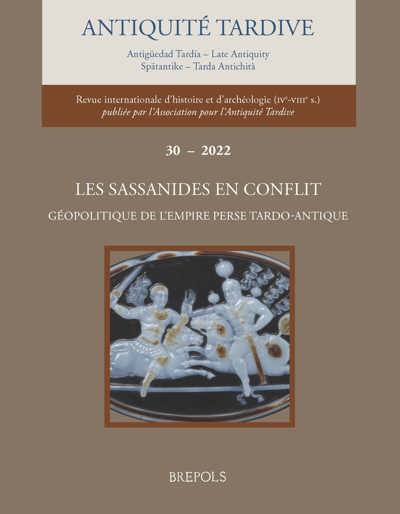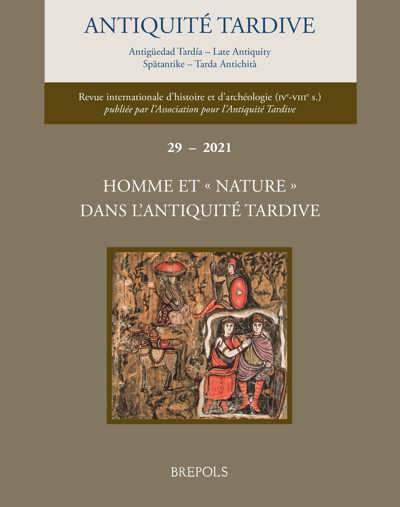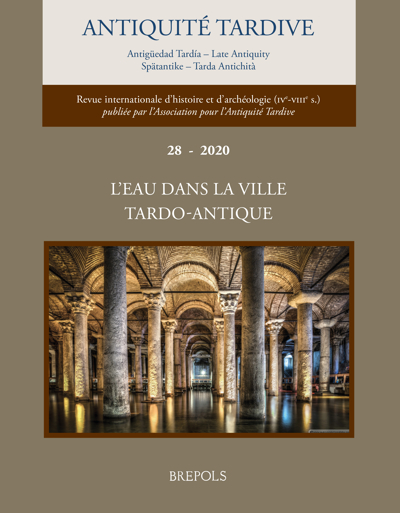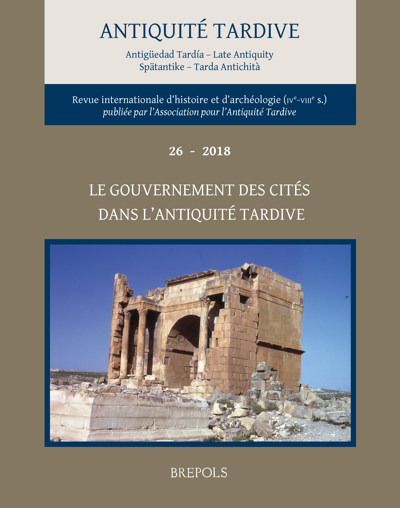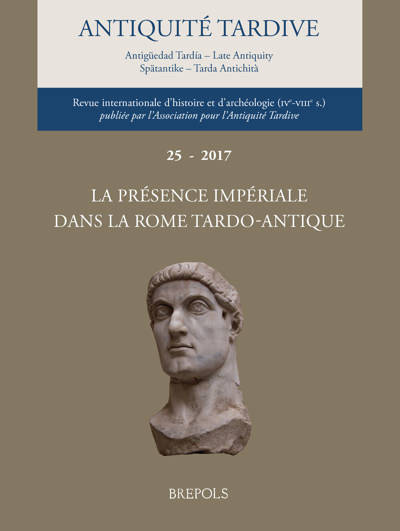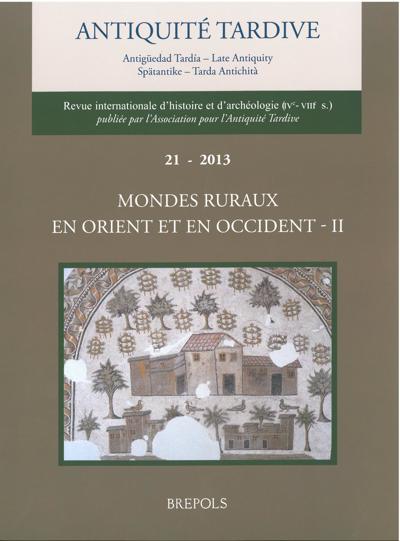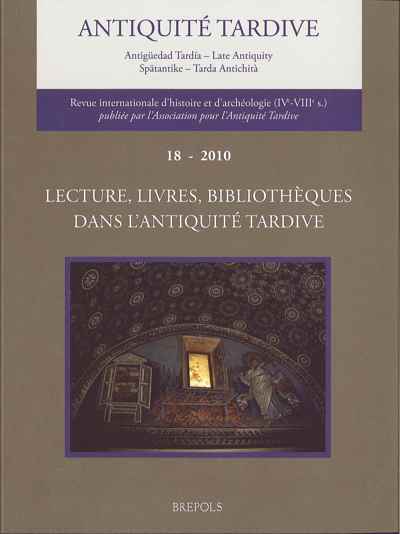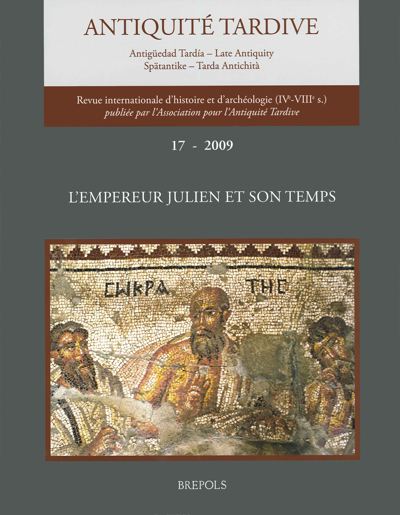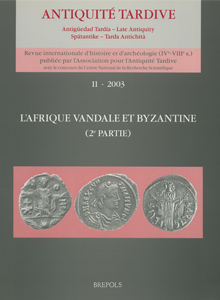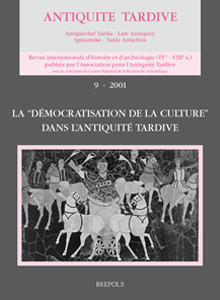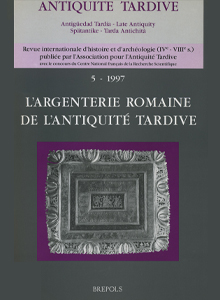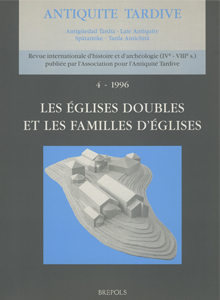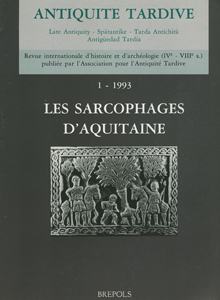Introduction – Nicolas
Lamare et Cristina
Mürer
1° L’eau sous contrôle : administrer et gérer les ressources
Marguerite Ronin, Action impériale et aqueducs urbains au ive et au début du ve siècle
Imperial actions and urban aqueducts in the 4th and early 5th centuries
Raffaella Biundo, La gestione finanziaria dell’acqua in ambito urbano tra IV e V secolo
The financial management of water in urban contexts in the 4th and the 5th centuries
Yuri A. Marano, Soliditas aquaeductus … servetur. Controllo e amministrazione degli acquedotti nell’Italia ostrogota
Soliditas aquaeductus … servetur. Control and management of aqueducts in Ostrogothic Italy
2° L’eau conduite et l’eau rejetée : techniques et systèmes hydrauliques
Laëtitia Borau, Stéphane Alix, Les aqueducs de Gaule romaine de l’Antiquité tardive, entre construction, restauration et abandon
The aqueducts of Roman Gaul in Late Antiquity between construction, restoration, and abandonment
Katja Marasović, Jure Margeta, Recherches interdisciplinaires sur l’alimentation et l’évacuation des eaux du palais de Dioclétien à Split
An interdisciplinary study of the water supply and drainage systems of Diocletian’s Palace in Split
Carme Miró i Alaix, El ciclo del agua en Barcino en la antigüedad tardía
The water cycle in Barcino in Late Antiquity
Florian Tanz, Wasser im spätantiken Trier – neue Einblicke
Water in Late Antique Trier – New insights
Jim Crow, ‘Still waters run deep’: cisterns and the hydraulic infrastructure of Constantinople and Alexandria
« Il faut se méfier de l’eau qui dort » : les citernes et l’infrastructure hydraulique de Constantinople et d’Alexandrie
- Paul Kessener, Byzantine water towers in the East: Palmyra and Apameia
Les tours d’eau byzantines en Orient : Palmyre et Apamée
3° L’eau des bains et latrines : pratiques corporelles et sociales
Giulia Giovanetti, Cogitatio, inventio e natura loci. I progetti dei balnea in età tardoantica nel paesaggio urbano di Roma e Ostia
Cogitatio, inventio and natura loci. Design of balnea in the urban landscape of Rome and Ostia
Seraina Ruprecht, Shared water. Bathing culture and friendship in Late Antiquity
Partager l’eau. Culture du bain et amitié dans l’Antiquité tardive
Sadi Maréchal, Washing the body, cleaning the soul. Baths and bathing habits in a Christianising society
Laver le corps, nettoyer l’âme. Bains et coutumes balnéaires pendant l’expansion chrétienne
Louise Blanke, A farewell to foricae: changing attitudes to public latrines in the late antique Near East and Asia Minor
Adieu aux foricae : nouvelles pratiques dans les latrines publiques du Proche-Orient et d’Asie mineure dans l’Antiquité tardive
Irene Calà, Sui diversi usi dell’acqua nelle enciclopedie mediche della Tarda Antichità: da Oribasio di Pergamo a Paolo Egineta
The different uses of water in the late antique medical encyclopaedias: from Oribasius of Pergamon to Paul of Aegina
4 ° L’eau mise en scène : mémoire et prestigeµ
Dylan Rogers, Fountains, experience, and meaning in late antique Corinth
Fontaines, expérience et signification à Corinthe dans l’Antiquité tardive
Ginny Wheeler, Water and wealth: aquatic display in a Late Antique neighbourhood at Ostia (IV, 3-4)
L’eau et le luxe : mise en scène aquatique dans un quartier tardif d’Ostie (IV, 3-4)
Varia
Yves Christe, Une image peut en cacher une autre : le décor absidal du Vieux-Saint-Pierre à Rome
A picture may hide another: the apse’s iconographical theme of Old Saint Peter’s in Rome
Claude Lepelley, Témoignages épigraphiques sur le maintien des temples et des statues des divinités dans le patrimoine et l’espace public des cités sous l’empire chrétien
Epigraphical evidences on maintaining temples and statues of deities in the cities’ heritage and public area of the Christian empire
Ignazio Tantillo, I tetrarchi, le statue divine e i tesori dei templi
The Tetrarchs, the statues of gods and the temple treasures
Peter Rothenhoefer, Unter den strengen Augen der Kaiser. Ein sextarium trisaugusteum mit Kaiserinschrift vom Anfang des 5. Jahrhunderts
Under the watchful of the Emperors. A sextarium trisaugusteum with an emperor inscription from early 5th century
M Kacher, Le dossier du Patrice Grégoire dans les sources arabes
The dossier of Gregory the Patrician in the Arabic sources
Chronique
Jean-Michel Carrié, Anonymus De rebus bellicis : un état des lieux (À propos de De rebus bellicis, Sur les affaires militaires, texte établi, traduit et commenté par Philippe Fleury, Paris, Les Belles Lettres [CUF], 2017)
Anonymus De rebus bellicis: a status quaestionis
Anne Michel, La montagne d’Aaron : un bilan de recherches archéologiques
The Mountain of Aaron: an archaeological report
Comptes rendus



